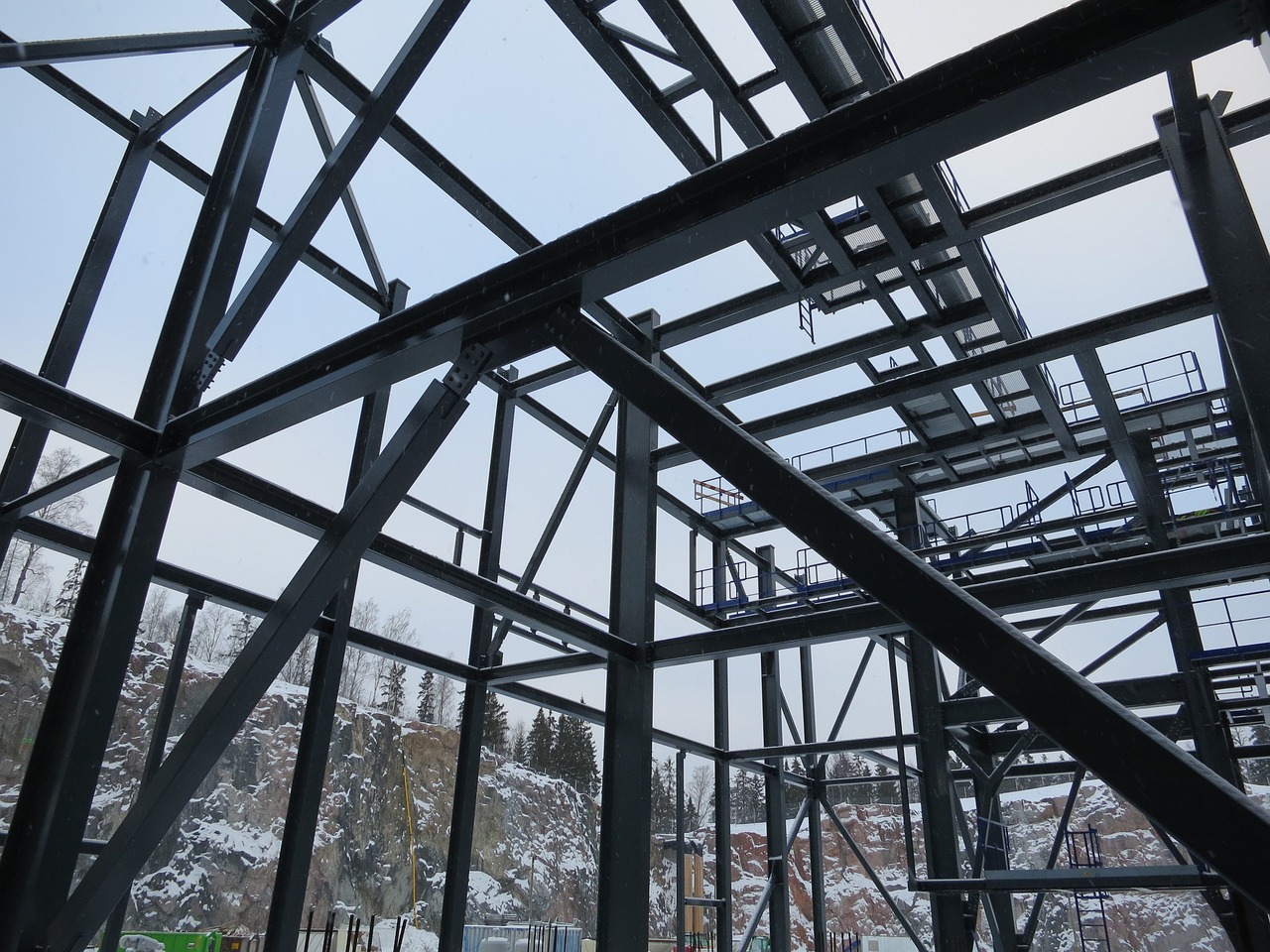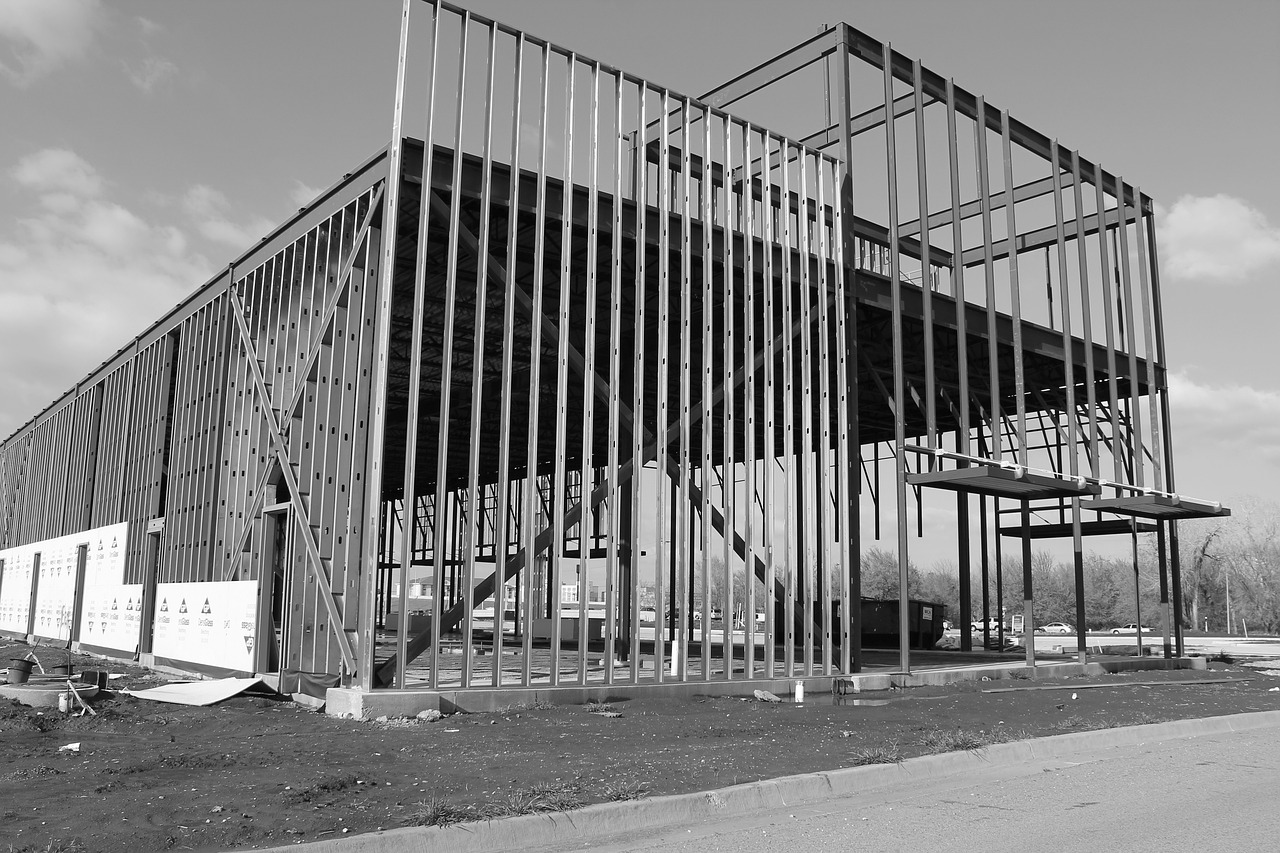
Light gauge and structural steel construction are two modern construction methods used in the building industry. Light Gauge Construction, or LGS, typically forms a frame of structure through the use of thin sheets of metal. On the other hand, structural steel construction employs steel beams and columns to make a rigid framework. Both techniques are favored by many due to their cost efficiency and durability. But only one approach may be perfect for a specific project. Which of these is good to utilize for your next construction plan?
Light Gauge Construction and its features
Light gauge steel construction (LGS) is specifically helpful for low-rise buildings. Its primary advantages are its affordability, strength, and ability to provide an energy-efficient envelope. Furthermore, LGS construction is easy to install and requires minimal maintenance over its lifetime.
The uses of Light Gauge Steel Construction (LGS) include:
- Framing walls and roof structures for residential buildings such as single-family homes, townhouses, and apartments.
- Building exterior and interior walls for commercial buildings like offices, retail stores, and warehouses.
- Building support structures for industrial projects such as factories, power plants, and oil refineries.

In addition to advantages, LGS is a lighter material than structural steel. It is simpler to transport and handle on sites. This construction technique also requires less material than traditional methods. Furthermore, it can be shaped into complex geometries that are difficult to achieve with conventional wood or masonry construction. This quality allows for unique designs and architectural features for builders.
Structural Steel Construction and its advantages
Structural steel construction is a building system that is suitable for large-scale construction projects. Its components are designed with specific strengths that allow them to remain intact even during extreme weather conditions, making them ideal for critical infrastructures.
The main benefits of structural steel construction are:
- Building tall buildings like those high-rises and skyscrapers.
- Constructing long-span bridges for roadways, railways, or pedestrian walkways.
- Supporting heavy loads in industrial projects—for example, factories, power plants, and oil refineries.
Structural steel construction also provides strength, flexibility, and ease of installation. Moreover, it also offers cost savings due to the elimination of formwork and other labor-intensive steps. Structural steel is also a practical choice for many projects due to its resistance to natural disasters such as earthquakes or floods. Being a steel material, it is fireproof and corrosion-resistant too.
The take-aways: Light Gauge vs. Structural Steel Construction
It is clear that both light gauge and structural steel construction offer benefits. The better decision depends on the requirements of a project. Some essential points to consider are the budget, installation speed, and load capacity. Just remember that between the two:
- Light gauge steel construction is typically for smaller projects and allows for faster installation.
- LGS is a more lightweight material than structural steel making and requires less workforce during installation.
- Structural steel is more suitable for larger projects as it can hold greater weight loads.
- LGS is more cost-effective for smaller projects, while structural steel is for larger projects.
- LGS is more flexible and can accommodate changes in building design without additional material or labor costs.
Light Gauge Steel Construction and Structural Steel offer advantages over traditional methods. However, each type of material has unique characteristics that must be assessed when selecting a building material.
